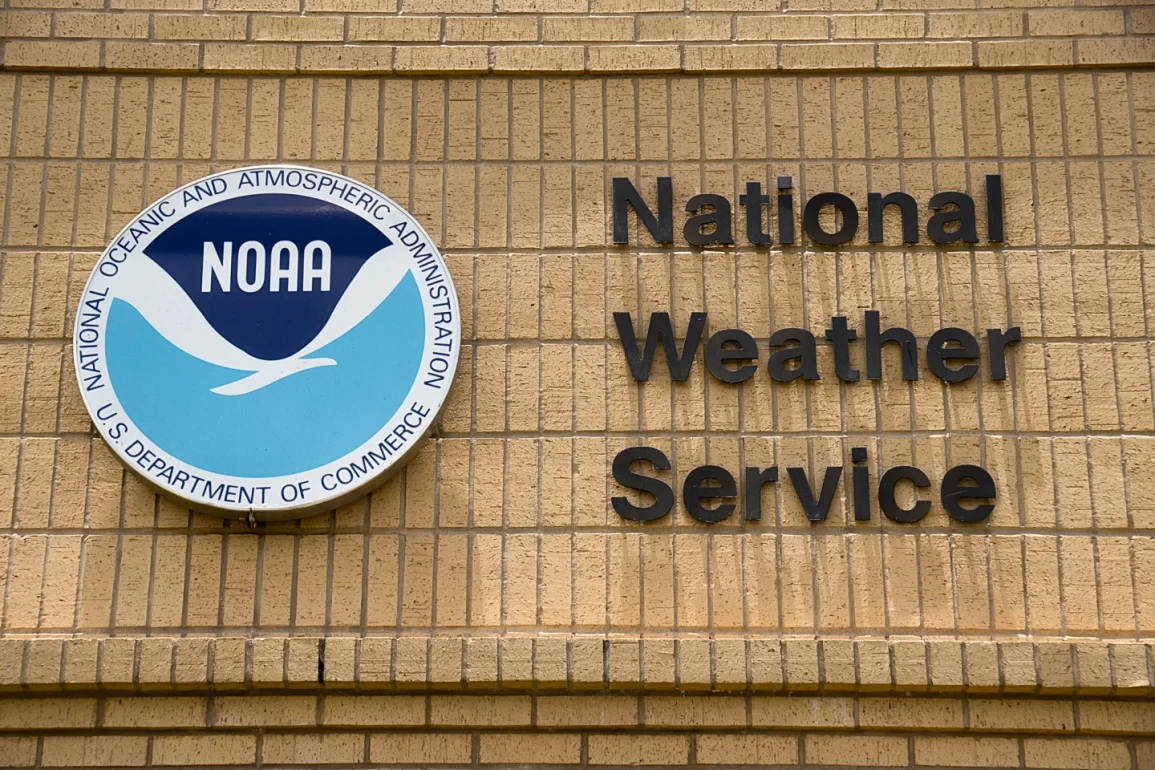The recent mass firings at the National Oceanic and Atmospheric Administration (NOAA) are raising significant concerns about the safety and economic impact of these cuts. NOAA plays an essential, though often unnoticed, role in daily life by providing critical weather forecasts, issuing warnings for natural disasters, and supporting industries like agriculture, aviation, and shipping. Experts fear that these firings could have devastating consequences, including increased risks to public safety and substantial economic losses.
NOAA’s weather forecasts reach 96% of American households, delivering 301 billion forecasts annually. These forecasts are used to warn about severe weather events like hurricanes, tornadoes, wildfires, and floods, which help guide local authorities and disaster response teams. Without NOAA’s detailed and up-to-date forecasts, safety measures for millions of Americans could be compromised.
Admiral Tim Gallaudet, a former NOAA administrator, warned that the firings could endanger public safety, particularly in areas that are prone to extreme weather events.
He emphasized that the agency’s role in aviation, shipping, and agricultural forecasting is crucial for preventing accidents and ensuring the economy runs smoothly. Former NOAA administrator Rick Spinrad also highlighted the dangers of these cuts, especially as the U.S. enters the prime tornado season and the start of planting season for farmers.
Meteorologist Ryan Maue, who served as NOAA’s chief scientist under the Trump administration, noted that the agency is already understaffed and facing a heavy workload. The job cuts will likely hinder NOAA’s ability to provide timely, accurate forecasts and warnings, which could lead to deadly consequences in the case of natural disasters.
The agency’s work is essential for many sectors. For example, in the West, NOAA meteorologists provide critical forecasts to firefighting crews battling wildfires, which can make the difference between life and death. In the maritime sector, NOAA’s weather predictions and mapping of shipping channels ensure safe navigation for vessels. The agency also supports fisheries and ocean sanctuaries, which are vital to the economy, and helps prevent accidents in industries reliant on precise weather data.

The firings could also hurt NOAA’s ability to respond to oil spills, such as the BP Deepwater Horizon disaster in 2010, and other environmental crises. NOAA’s expertise in space weather forecasting helps protect satellites and aviation systems from potential damage caused by solar flares or upper atmospheric conditions. SpaceX, for example, has turned to NOAA for help after losing satellites due to lack of awareness of space weather impacts.
The economic impact of NOAA’s work is substantial. According to a 2022 study, the National Weather Service alone is worth $102 billion annually to the U.S. economy. Despite this, the agency has faced budget cuts, and now, the job cuts could severely impair its ability to function effectively.
While the exact number of fired workers is not publicly disclosed, estimates range from 580 to 1,200, with some reports suggesting 650 employees have been dismissed. These are not high-paying jobs, but many employees are deeply dedicated to their work and contribute greatly to public safety. Cutting NOAA’s staff could lead to critical gaps in the agency’s operations, potentially putting lives at risk.
Experts like Keith Seitter, a professor of environmental sciences, warn that the firings could result in deadly oversights. Without the necessary personnel to manage the workload, things could “fall through the cracks,” leading to avoidable disasters.
Gallaudet, a former Trump appointee, called the cuts “self-defeating” and expressed deep disillusionment with the Trump administration’s leadership. He argued that the firings would ultimately hurt the public and could lead to long-term consequences that far outweigh any short-term cost savings.


